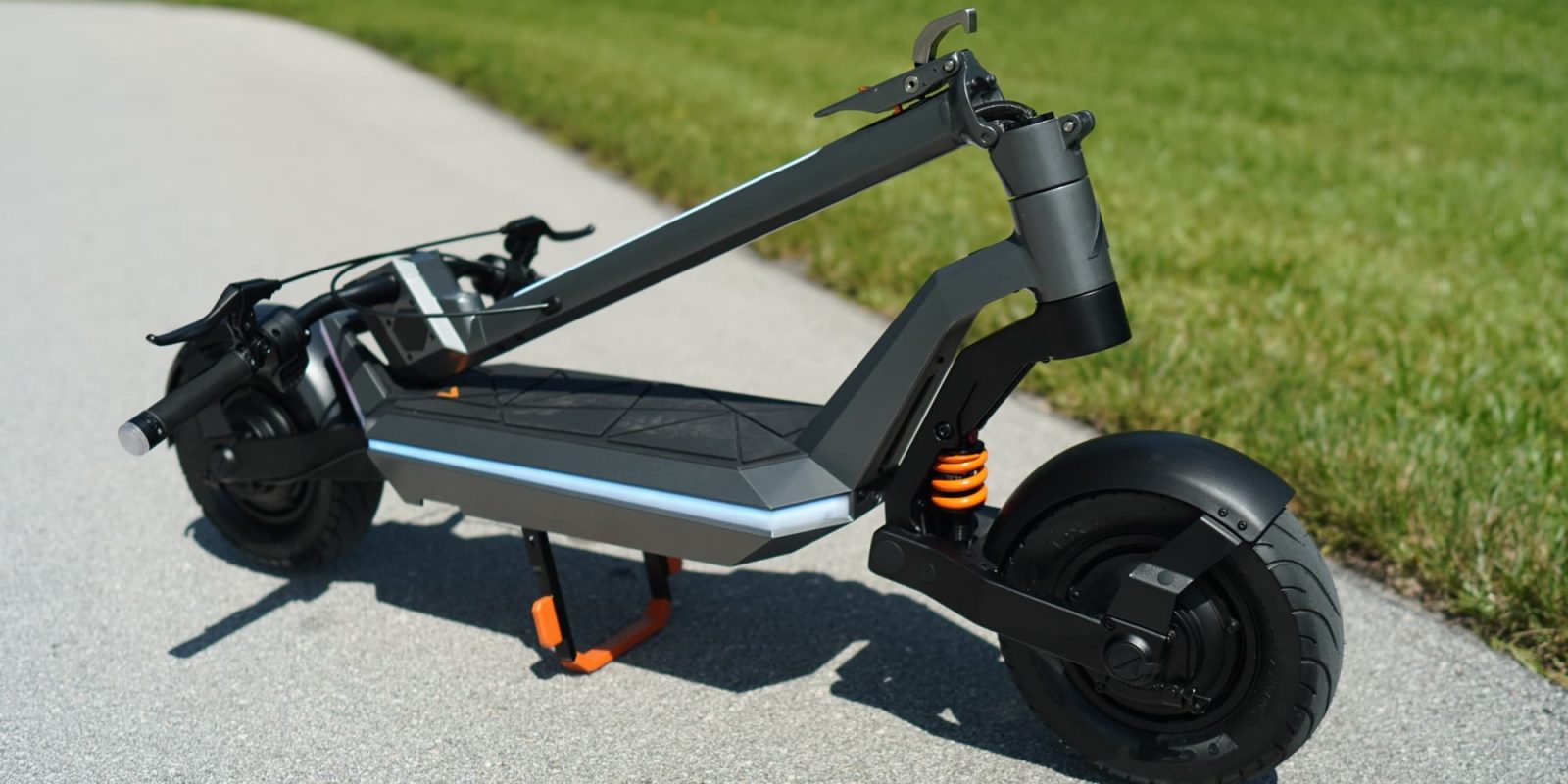
Several years ago the team at Canada’s premier electric scooter company Apollo decided that they weren’t just going to sell off-the-shelf scooters. Instead, they were going to innovate with new designs and custom development to create unique and high performance scooters. After multiple launches of progressively more customized scooters, it feels like the new Apollo Pro has reached the pinnacle of that design ethos.
The Apollo Pro is fast and powerful, there’s no doubt about that. But there’s so much more to this scooter than sheer watts. It’s easy to pump more power into a scooter these days, but designing for ease of use and comfortable handling takes a much more refined design process.
That’s exactly what the team at Apollo has done with the new Apollo Pro, which launches for orders today.
To see what I mean, check out my video review below. Then keep reading for my full thoughts on this impressive electric scooter.
Apollo Pro Video Review
Where do I even start?
There’s so much going on here with the Apollo Pro that I don’t even know where to start.
The scooter itself is a ground up design, meaning you won’t find many off-the-shelf parts. The performance is good, don’t get me wrong, but the real story here is the design and the features.
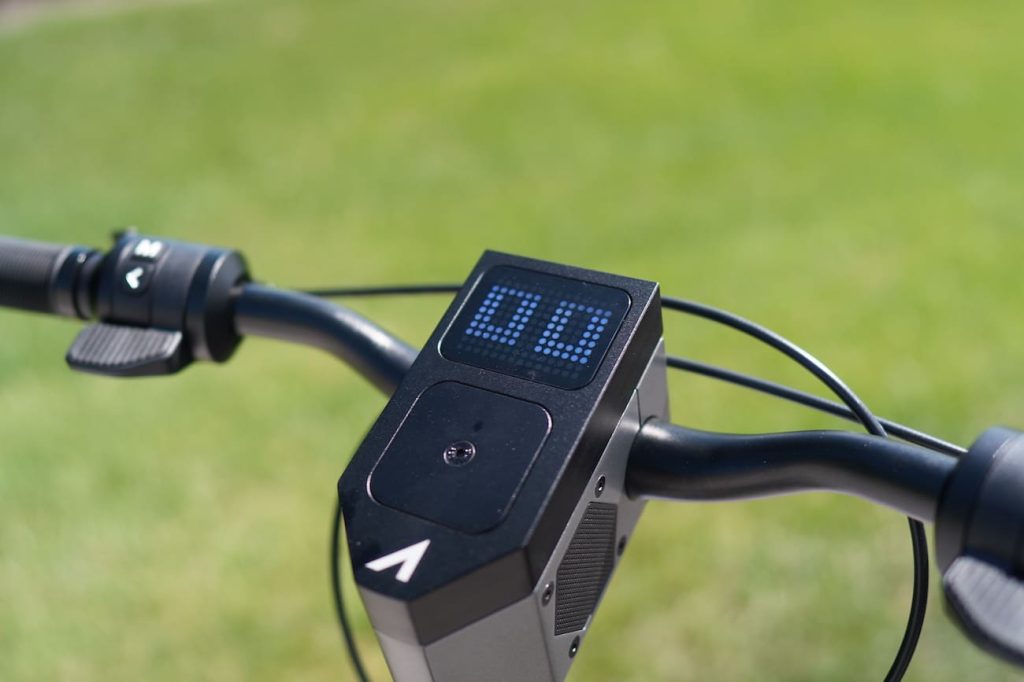
But since everyone loves to compare specs, let’s start there.
With dual motors, the Apollo Pro is rated for speeds of up to 70 km/h (43 mph), though I clocked it at around 75 km/h (46 mph) on flat ground in highest speed mode (LUDO mode). Underpromise and overdeliver, that’s what I like to see.
The 52V 30Ah battery offers 1,560 Wh of capacity or enough juice for around 100 km (62 miles) of range. In other words, there’s more range here than most average riders should ever need, but that also means that fast riders won’t find the scooter running empty too quickly, either.
The dual 12″ wheels are fairly large for a standing scooter and use a self-healing tire design to help prevent flats. They’re also supported by fairly plush suspension giving the bike a planted yet comfortable feel.
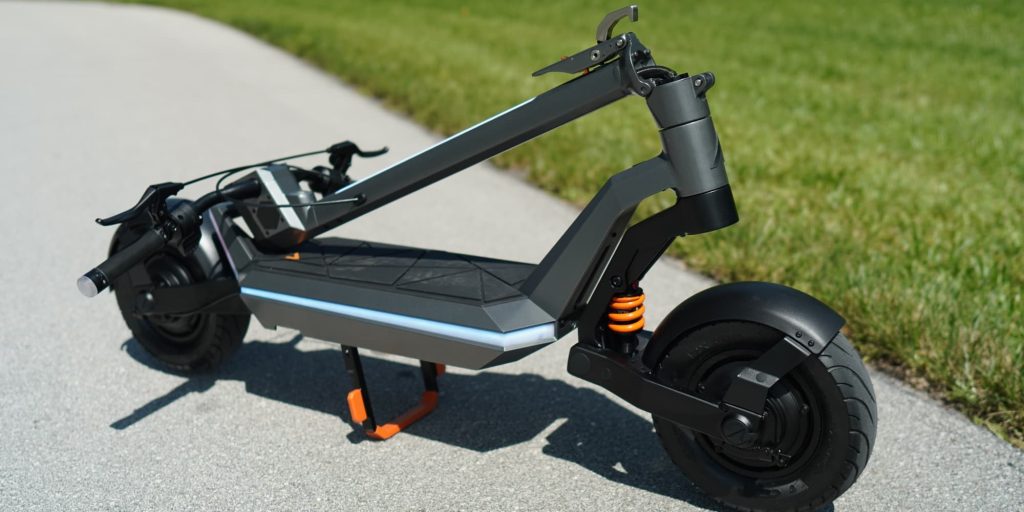
Each wheel wears drum brakes which results in maintenance free braking that works rain or shine (the sealed drum brakes basically work forever), but you probably won’t need them. That’s because the regenerative braking is strong and effective, especially if you plan in advance to begin braking a second or two before you’d normally engage mechanical brakes. You can almost entirely rely on the regenerative braking using the second thumb throttle (left side of the bars) that is actually not a throttle at all but rather a variable regen switch.
It took me a bit of getting used to since I’m so accustomed to reaching for typical brake levers, so don’t be surprised if you keep forgetting to use the regen brake switch in the beginning. But once you get used to it, you’ll never want to go back to normal mechanical brakes.
The built-in display on the scooter is rather primitive as a dot matrix display, but at least is super bright and readable in direct sunlight. But the scooter’s app is designed to be the main display, working together with a quad-lock system to mount on the scooter’s bars and also charge your phone wirelessly. I don’t have a quad-lock case so I just used the Apollo phone mount, which is actually quite nice, too, with its all-metal construction. Using the app will give you much more detailed info than the dot matrix display, plus it allows you to take advantage of advanced features like GPS tracking, ride recording, customizable scooter settings and more.
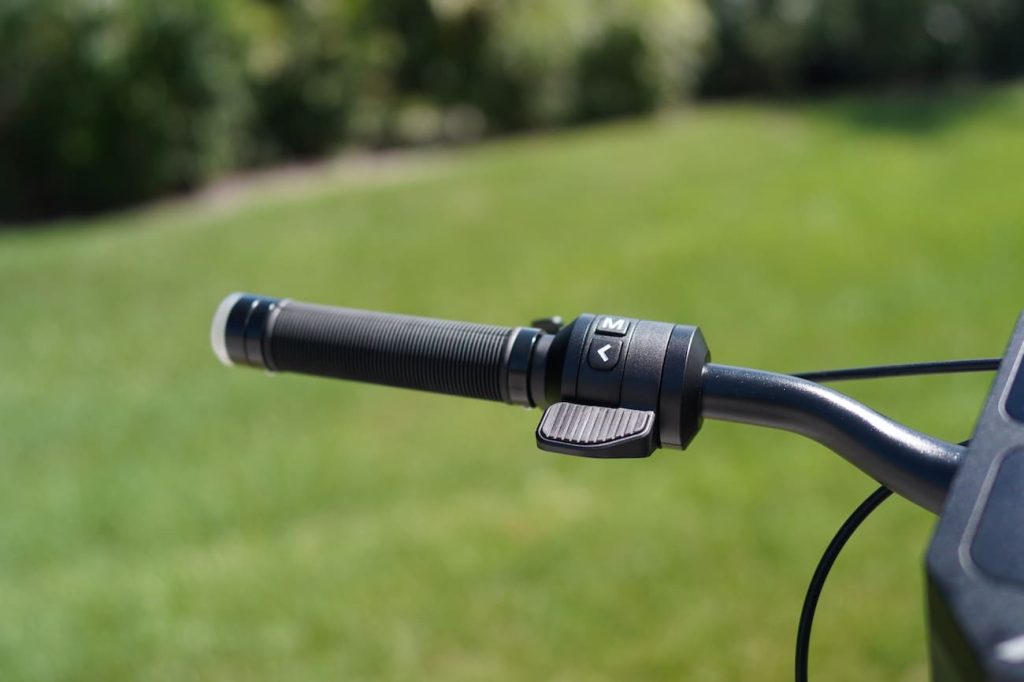
The Apollo Pro also includes 360 degree wraparound LED lighting that is quite well implemented. We’ve seen scooters that go over the top with LEDs that turn them into a Floyd Laser Show, but this isn’t that.
The Apollo team used a moderate touch to give bright, visible wraparound lighting without risking giving anyone rainbow seizures.
The scooter’s bright white LED bars will have you scooting on a cloud of light at night, which then turns into a bright red cloud when you engage the brakes. No one will ever miss that you are there or that you are braking.

But to me, the real secret to the Apollo Pro’s successful design is just how good it feels to ride. I’m normally an e-bike guy, as that’s where I feel most comfortable. I love riding scooters and electric unicycles and other assorted micromobility devices, but e-bikes have long been my go to machine.
Even so, the Apollo Pro feels almost as stable and intuitive to me as an e-bike. I don’t know if its the rake angle or the larger wheels or the dialed in suspension or any other of a number of small details that went into the design, but the scooter simply rides damn well. It leans and carves with ease, stands back up in an instant and makes me feel so stable that I almost want to ride handsfree. I tried it and I can’t quite pull it off, but of all the scooters I’ve tried, I think this one is the closest to making me feel comfortable riding no-handed. That’s not a feature, but rather may just point to how rock solid the scooter feels.
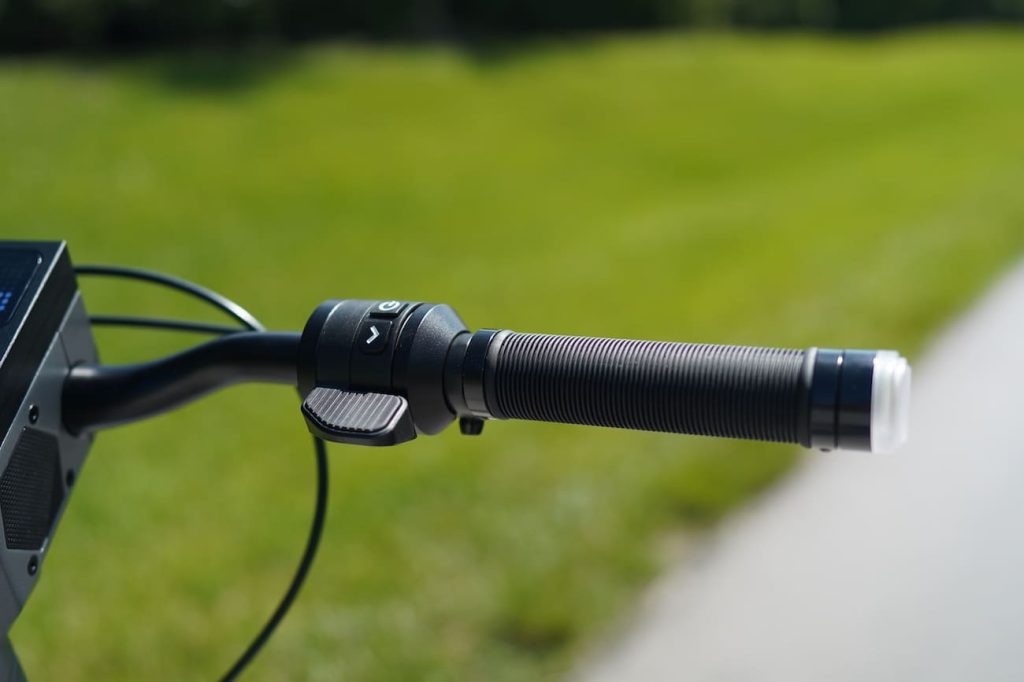
Bang for a lot of buck
The only real damper on my scooter parade here is the price. At $3,499, this is not a cheap electric scooter by any stretch of the imagination. And it’s competing against many scooters that have even higher power ratings and faster speeds in this price category.
Top comment by pj
i haven’t ridden an electric scooter yet, but those tiny wheels make riding north of 25mph seem so sketchy. I feel like if you need to get around town faster than 20mph you should at least be on an e-bike, but more realistically a motorcycle.
But the Apollo Pro was never meant to compete on power or speed. It’s fast and powerful, don’t get me wrong. But other scooters will best it by a few seconds in acceleration or a couple thousand watts in peak power. What the Apollo Pro does differently is in its design. It’s meant to be a more refined scooter. That’s apparent everywhere from the handling to the interface to the app.
And so if you’re a “more power, please” kind of rider, above all else, then this is not the scooter for you. You can do 60 mph on other scooters at this price. But if you ask me, cruising around at 45 mph is more than enough for me, and to be honest I spent more time in the 30’s than in the 40’s of mph, because I simply don’t feel the need to ride that fast most of the time. It’s great to have the speed and power to do it when I want to, but I’m more worried about a scooter that is convenient and comfortable. In that sense, the Apollo Pro definitely fits the bill.
It won’t compete on bang for your buck, but it’s also not meant to. It’s expensive because it’s designed better and incorporates more proprietary components, from the bulletproof controller to the bar-mounted turn signals for increased visibility and safety.
I wouldn’t recommend it to everyone, but for serious scooter riders that commute daily on their scoots, it’s an amazing upgrade. That’s the kind of rider that Apollo obviously had in mind when they built this thing. The company has other scooters at a fraction of the cost. For its flagship model, Apollo unmistakably went all out to combine the right tech with the best components. And that result can be felt the first time you hop on the scooter.
FTC: We use income earning auto affiliate links. More.




Comments